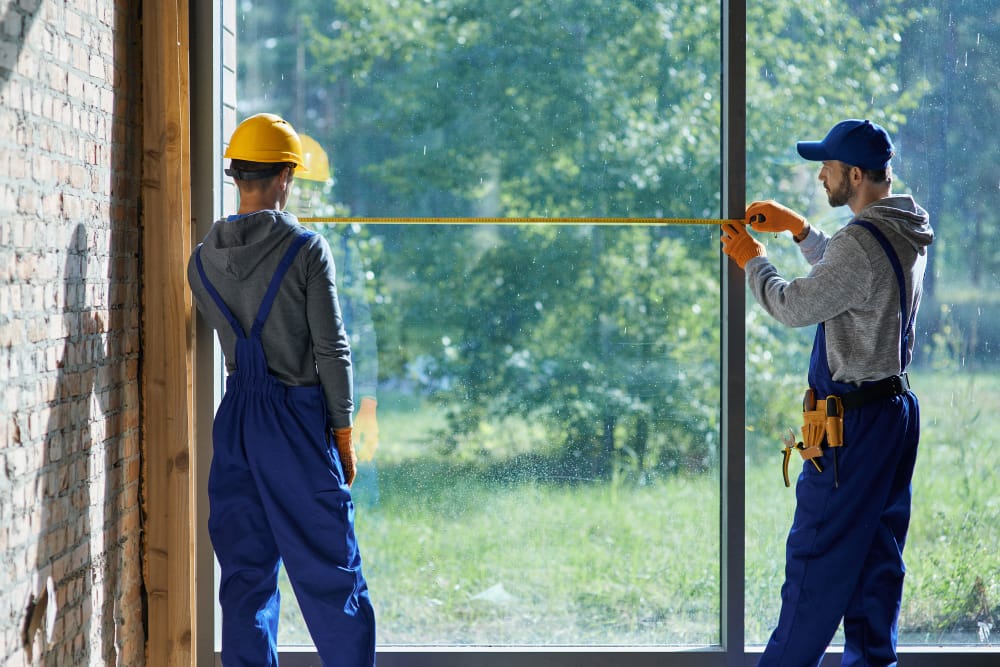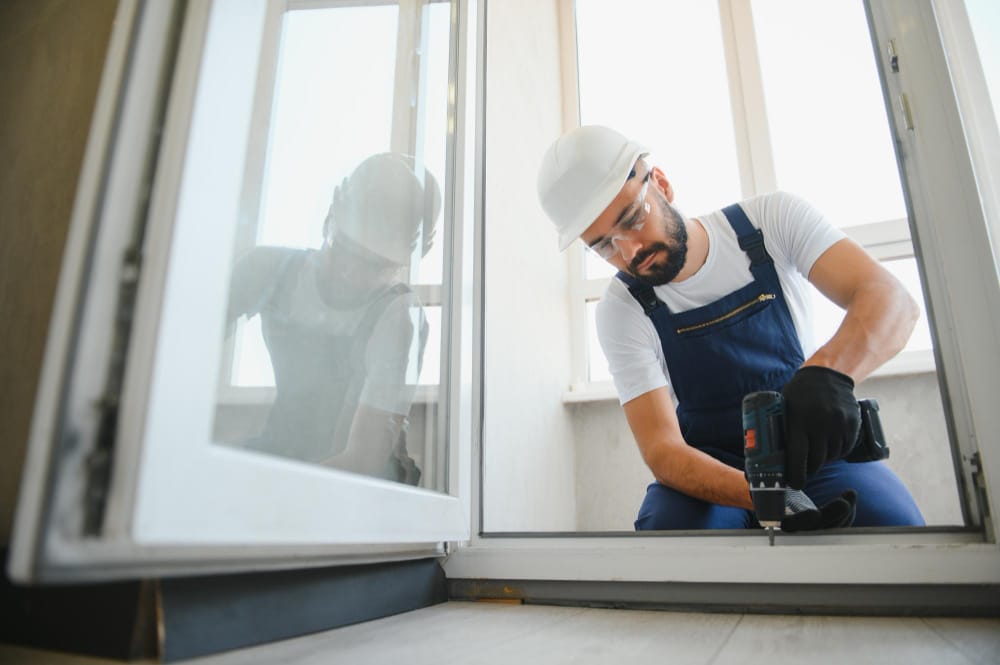Replacement Windows: Why Doing It Right the First Time Matters

A few years ago, I got a call from a family who had just finished replacing all the windows in their home. Brand new frames, energy-efficient glass, and a five-figure invoice to match. The house looked great. But there was a problem—it was colder inside than before.
Turns out, their contractor had installed beautiful new windows… but cut corners on insulation, flashing, and sealing. Water had started to seep in, and the drafts? Worse than ever.
This isn’t just a story—it’s a warning. If you’re looking into replacement windows, doing it right the first time isn’t just smart—it’s essential.
🧱 Where Most People Go Wrong
Let’s start with this: windows aren’t just glass. They’re a full system—framing, sealing, insulation, and installation—all working together to protect your home. Miss one of those elements, and you might as well leave the window cracked open all year.
Here are the most common mistakes I see:
❌ Choosing windows based on price alone
That bargain window might save you a few bucks upfront—but if it fogs up, warps, or leaks, you’ll be replacing it again in a few years.
❌ Poor measurements
One inch off, and you’ve got air gaps, strain on the frame, and long-term issues with operation.
❌ Incorrect flashing and sealing
This is where moisture creeps in. Water doesn’t need an open door—just a weak corner or missed step.
❌ Hiring unqualified installers
I’ve seen “pro” jobs done with staples, foam, and duct tape. Seriously. You want licensed, insured, experienced professionals.

🛠 My First Window Replacement (And What It Taught Me)
Years ago, I took on a project in a 1970s ranch-style home. The original windows were single-pane and warped, so we went with energy-efficient vinyl replacements. But here’s what made the difference—we didn’t stop at the glass.
We:
Rebuilt damaged framing
Installed moisture-resistant flashing
Used spray foam insulation around the frame
Tested for air leaks before finishing trim
The result? A quieter, warmer, and more energy-efficient home. The homeowners saw a 30% drop in energy bills within the first winter.
Moral of the story? It’s not just about putting in a new window—it’s about how you put it in.
🔍 What to Look for in Quality Replacement Windows
Before you sign anything, here’s what you should be checking:
| Feature | What to Look For |
|---|---|
| Energy Efficiency | ENERGY STAR® rated, Low-E glass, Argon fill |
| Frame Material | Vinyl, fiberglass, or wood-clad for durability |
| Installation Method | Full-frame replacement (not just insert) |
| Warranty | Lifetime or at least 20+ years |
| Local Expertise | Installer should know your climate zone |
And remember—the best window in the world can still leak if installed incorrectly.
🧠 Why It Pays Off to Get It Right
Here’s what proper window replacement gives you:
Energy savings: Less heating and cooling loss = lower bills
Moisture protection: No mold, no rot, no interior damage
Comfort: No drafts, better soundproofing
Resale value: One of the top returns on investment for home upgrades
Peace of mind: You won’t be calling for repairs a year from now
Cut corners, and you’re not saving—you’re setting yourself up to pay twice.
✔ Final Word: Make It Right, Not Twice
If you’re considering replacement windows, here’s the simple truth: quality matters. Materials, installation, and experience all come together to create a result that protects your home for decades—not just a season.
So take the time. Hire the right people. Ask the hard questions. And when you sign off on that final window installation, you’ll know it was done the right way—the first time.
Because trust me: I’ve seen what happens when it’s not.
